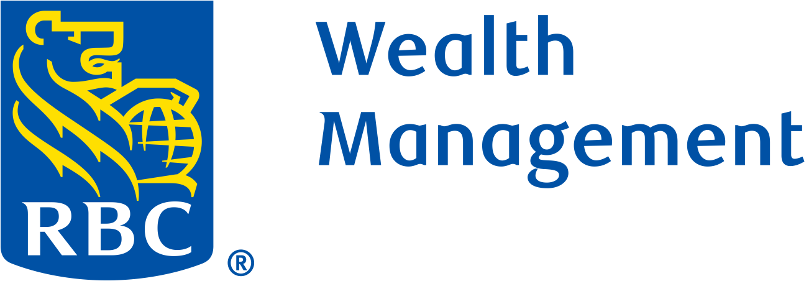This blog is no longer available. Click here to go back to the Blog page
Disclosures
Daniel Henry, NMLS # 1627617 through City National Bank, may receive compensation from RBC Wealth Management for referring customers to City National Bank. Banking products and services are offered or issued by City National Bank, an affiliate of RBC Wealth Management, a division of RBC Capital Markets, LLC, Member NYSE/FINRA/SIPC and are subject to City National Banks terms and conditions. Products and services offered through City National Bank are not insured by SIPC. City National Bank Member FDIC.
Investment products offered through RBC Wealth Management are not FDIC insured, are not guaranteed by City National Bank and may lose value.

